This article talks about the solutions to fix the Access Denied error while deleting a file or folder. You may see this error message while deleting a file or a folder on your Windows 11/10 computer.
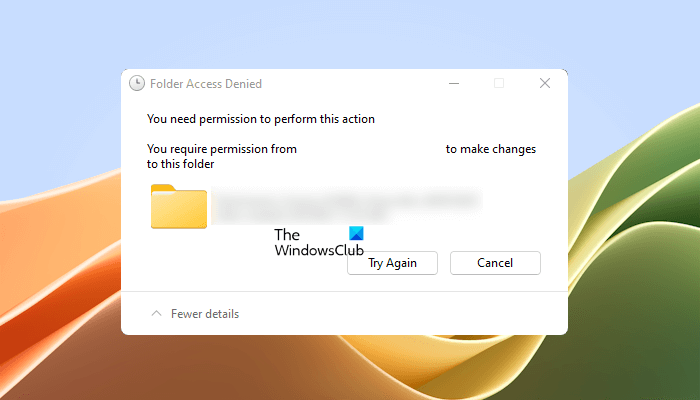
It could be due to one or more of the following reasons:
- The file may be in use
- You don’t have permissions
- The file may be corrupt
- The user profile may be corrupt
Access Denied – Error Deleting File or Folder in Windows 11
The following fixes will help you fix the Access Denied error while deleting a file or a folder on your Windows 11/10 computer. But before you proceed, check if the file or folder you want to delete is in use. Close all open files and folders and try again. Better still, restart your PC and try again. We also suggest you close all background programs via the Task Manager. If the file is in use by any third-party background application, this will fix the problem.
If it does not help, Take Ownership of the file or folder and see if you are now able to delete it. If even this does not help, check if you have the proper File and Folder Permissions.
If these preliminary fixes do not help you fix this problem, use the following suggestions:
- Repair corrupted files
- Your local user profile may be corrupt
- Enable the hidden Administrator account
- Boot your computer in Safe Mode
- Force delete the file or folder via a third-party program
Below, we have explained all these fixes in detail.
1] Repair corrupted files
Corrupted files are files whose behavior has changed and therefore no longer works properly. These files can be either regular files such as pictures, documents, or system files. Most corrupted files can’t be repaired and you should delete or replace them.
There are some actions you can take to prevent files from getting corrupted:
- Save a file properly. When something goes wrong or a problem is encountered while saving the file, it can get corrupted. For example, the program saving the file might stop working.
- Turn off your computer properly. Avoid pressing and holding the power button since the action forces Windows to shut down unexpectedly.
- Use the Safely Remove Hardware option while removing USB’s.
Nevertheless, if you think that a corrupt file could be the cause for your getting the Access Denied error, you may want to try and repair the file. Try the freeware File Repair and see if that helps. File Repair is a freeware tool that lets you repair corrupt Word, Compressed Image, Video, and Music. PDF files easily on your Windows computer.
If you can’t fix the corrupted file, try retrieving an older version of the file to replace the corrupted version.
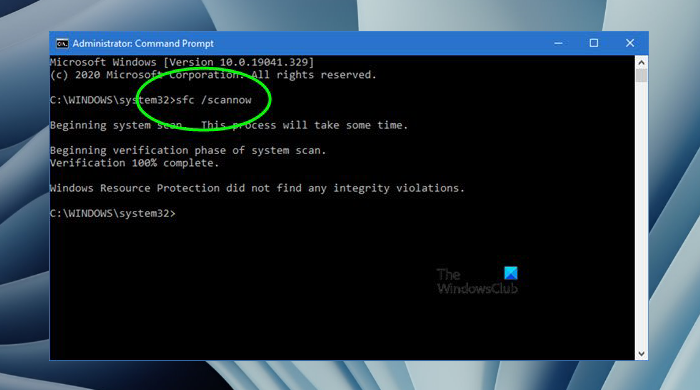
This error also triggers if the system image files are corrupted. System File Checker and DISM are the two built-in tools that help users scan and repair corrupted system files.
2] Your local user profile is corrupt
You can try the following steps to resolve the issue if your local user profile is corrupt However, be sure that the files you are deleting are not important or of no use to you. That’s because deleting an important file like a system file can cause serious problems to the OS and/or other programs.
On a rare occasion, Windows might not read your local user profile correctly, this may cause problems accessing files and folders. You may need to create a new local user profile/account.
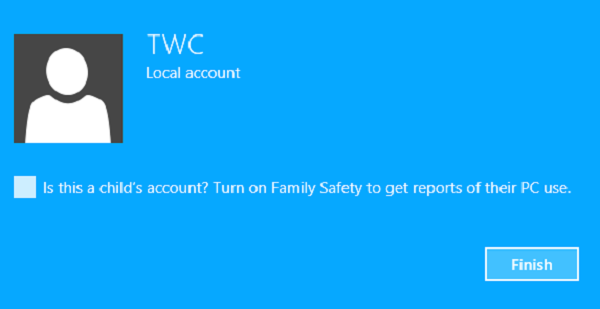
Now see if you continue to get Access Denied error messages and are able to delete the file or folder.
3] Enable the hidden Administrator account
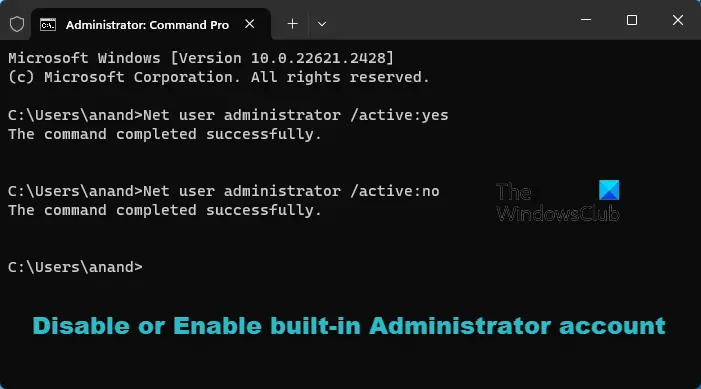
Windows 11/10 has a built-in administrator account. It is hidden by default. You can use this account to troubleshoot and fix problems on your system. You can try enabling the hidden Administrator account and then log in to that account. Now, delete the file or folder. If that file or folder was not deleted due to administrator rights issues, it should be deleted this time.
4] Boot your computer in Safe Mode
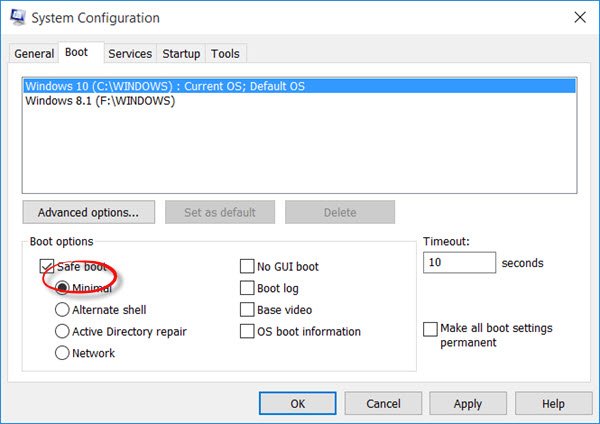
Safe Mode is a troubleshooting mode in Windows 11/10 computers. If you are having trouble deleting a file or a folder, you can try deleting it in Safe Mode. Boot your system in Safe Mode, then delete that file or folder. It should work.
Read: Access Denied error when accessing files or folders.
5] Force delete the file or folder via a third-party program
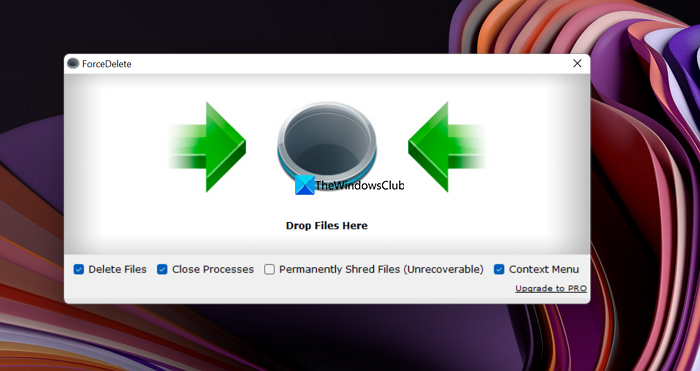
You can use a third-party program to force delete undeletable files or folders on your Windows PC. There are many free programs available that allow you to force delete files and folders on your system, like ForceDelete.
That’s it. I hope this helps.
How do I get permission to delete a folder in Windows 11?
If you are having trouble deleting files or folders on your system due to permission issues, first check if you are logged in to your system with an administrator account. If you are signed in with a local account, you will get permission issues. You can also take ownership of the file or folder you want to delete. After that, you will be able to delete it.
How do I forcefully delete a file?
If you are unable to delete a file or a folder, first try to delete it in Safe Mode. Boot your system in Safe Mode, then delete it. To force delete a file or a folder, you can use third-party software. These programs can also help you delete undeletable or locked files and folders.
How to open an encrypted file if access is denied in Windows may also interest some of you.
Read this post if you receive File In Use. The action can’t be completed because the file is open in another program message.